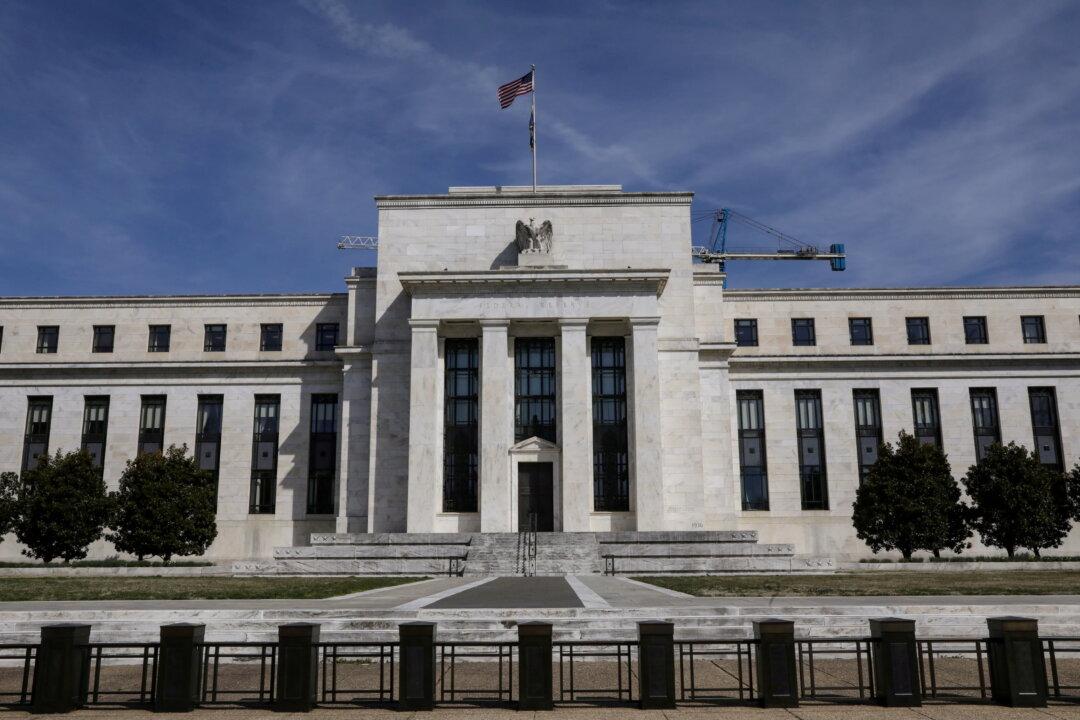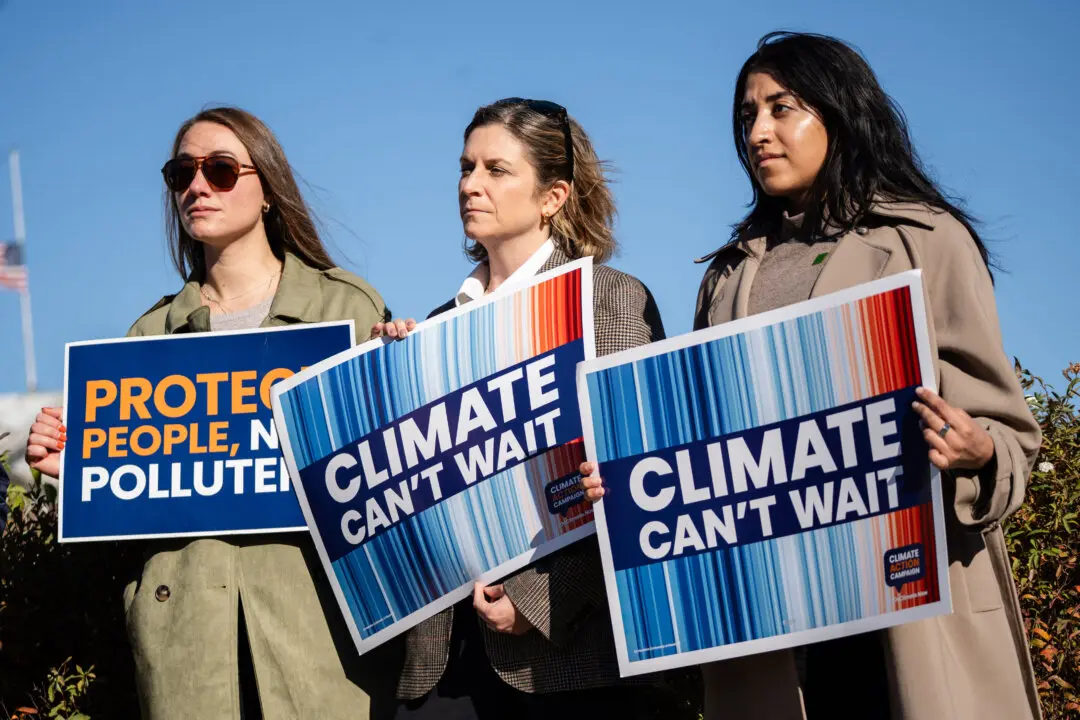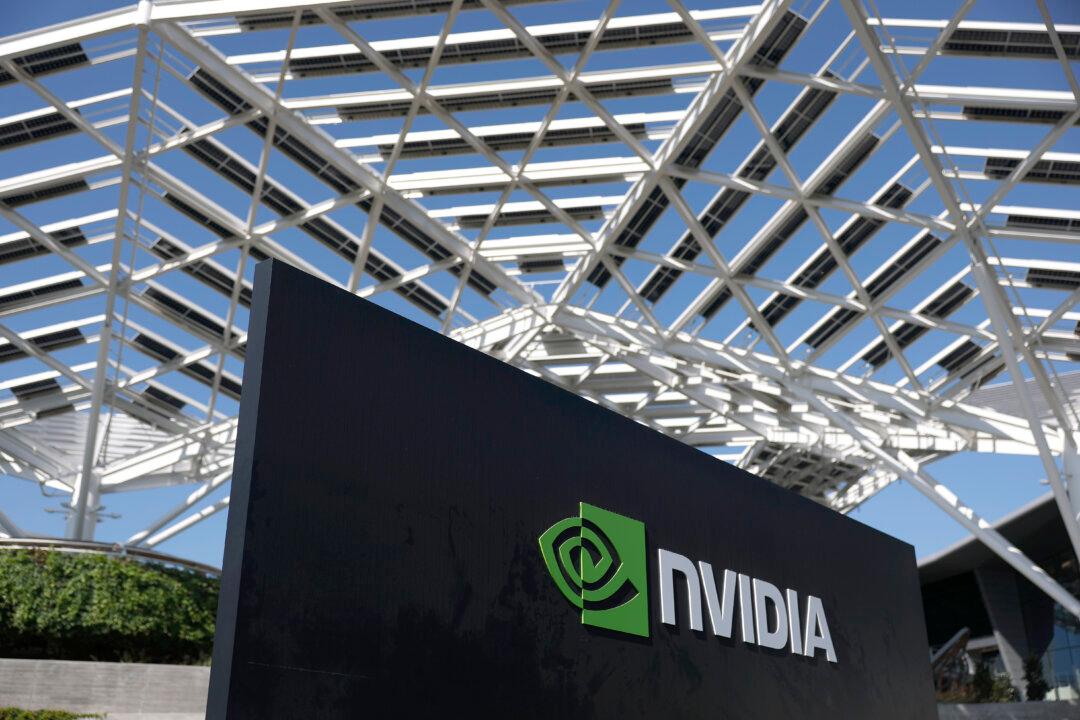As the federal government advances its plans to create a central bank digital currency (CBDC), critics are sounding the alarm about how much power a digital dollar would place in the hands of federal agencies.
The latest step toward a CBDC, called “Project Cedar” and initiated by the Federal Reserve Bank of New York completed its first phase on Nov. 4, 2022, as a “wholesale” digital dollar for cross-border payments that’s only available to banks and corporations. This effort, barely noticed amid the headlines surrounding the scandalous collapse of cryptocurrency exchange FTX, follows Project Hamilton, a retail CBDC beta test conducted in February 2022 by the Boston Fed in collaboration with the Massachusetts Institute of Technology’s Digital Currency Initiative.





